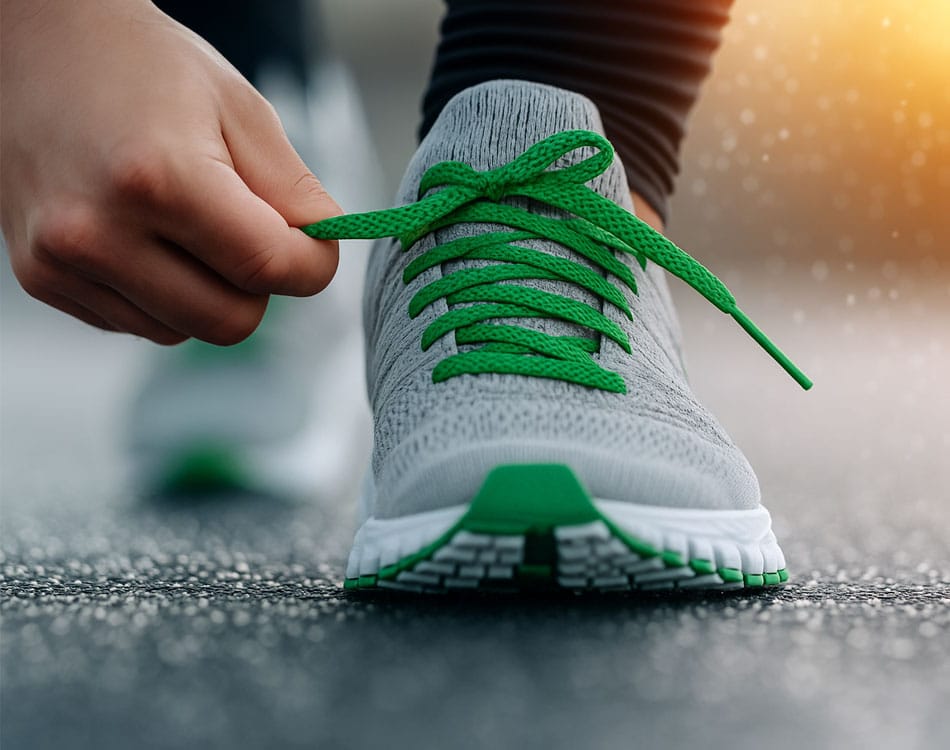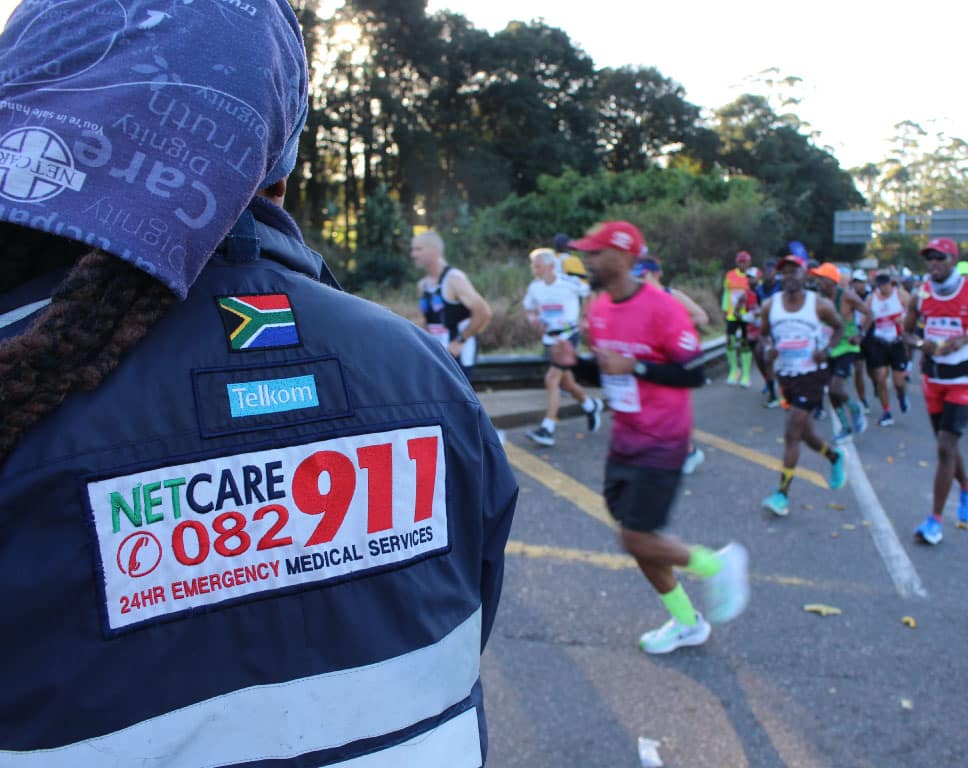Hit the road running this new year. Here’s a comprehensive how-to guide on running your first half marathon.
South Africans love to run. The country has a rich running history with iconic global events like the Comrades and Two Oceans ultra marathons, which year after year captivate the imaginations of local and international runners alike due to challenges they pose.
While ultra marathons are certainly not for everyone, everyone should consider running for its many benefits. It’s a highly effective and social form of exercise that can enrich your active lifestyle and significantly improve your health.
5 reasons to run:
1. You’ll lose weight and burn fat
Running is one of the most effective forms of exercise for losing weight. That’s because it’s a high impact weight-bearing activity. While many people will tell you that this makes running risky in terms of injury, if you’re strong and supple (and injury free) the impact and the resultant high intensity is actually beneficial. That’s because the relative effort required to run means you’ll burn more calories per minute than just about any other activity.
2. You don’t need much to run
All you need to participate is a good pair of running shoes and your normal workout gear – there’s no expensive equipment or monthly contracts required! Yes, there are entry fees for each race and you need to purchase a temporary licence, which you can do at the race (shorter distances like 5km fun runs don’t always require one), but you don’t have to be a member of a running club to join in.
3. There are many health benefits
Running improves your health by strengthening your cardiovascular and respiratory systems. That means a healthier heart, better circulation and more efficient lungs. It also boosts your immune system, which will help you stave off any lingering winter-time infections.
4. Your brain also benefits
Research shows that running can improve your brain function and structure in numerous ways. One of the major benefits is that it improves brain plasticity – it’s ability to change. This happens as new connections are made between cells in various important areas of the brain. It also promotes the creation of entirely new brain cells. This improves important functions such as memory, and movement and cognitive function (your ability to think and reason).
5. You’ll smile more
Running releases endorphins – those ‘feel-good’ hormones such as serotonin and dopamine. This is what leads to the “runner’s high”, which is also associated with a drop in stress hormone levels and helps to improve mood and combat depression and stress.
Your how-to guide to running your first half marathon:
Click here to download your guide to running your first marathon
The best way to get started is to set a goal and the Dis-Chem half marathon is a great option. The 2020 Dis-Chem half marathon takes place on 12 January, which may be worth checking out. Draw inspiration from the athletes as well as join in on the spirit of the event; this could get you wanting to join the race even if you’ve never run a day in your life.
To take you from the couch to the finish line of your first half marathon, head coach at RacePace Coaching Clinton Hunter has created this periodised training plan.
Follow each phase – the couch to 5km, 5km fit to 10km and, finally, 10km to 21km – to arrive at the start line physically fit, prepared and ready to tackle the challenge.
The RacePace training plan guidelines:
Never skip a warm up. Always get blood flowing to the muscles you are about to work by taking a brisk walk or slow jog before your training run. Walk/jog for 10 minutes and then spend 5 minutes performing mobility drills to loosen your muscles and joints.
No catching up. If you miss a run or workout leave it be and carry on to the next day. If you miss one week of training, take your training back 1 week. If you miss 2 weeks, go back 2 weeks, and if you miss more, start again.
Work using rating of perceived effort (RPE). This training is designed to work according to your perceived effort as closely as possible. Avoid using running pace to plan your runs. That comes later with more advanced plans.
Respect the rest. Rest days are important so keep to, as are allocated rest times during quality sessions. Stick to the guidelines to derive the full benefits from each workout. The reload week is included as an easier week to aid recovery.
Trust coach and stick to the plan. There is always injury risk with any new form of training. Follow the plan as closely as possible and keep within your ability to reduce that risk. Improving running form with drills and additional strength training, including core, glute and unilateral training are additional ways to mitigate risk.
For more info or a personalised training plan, email clint@racepace.run.
















